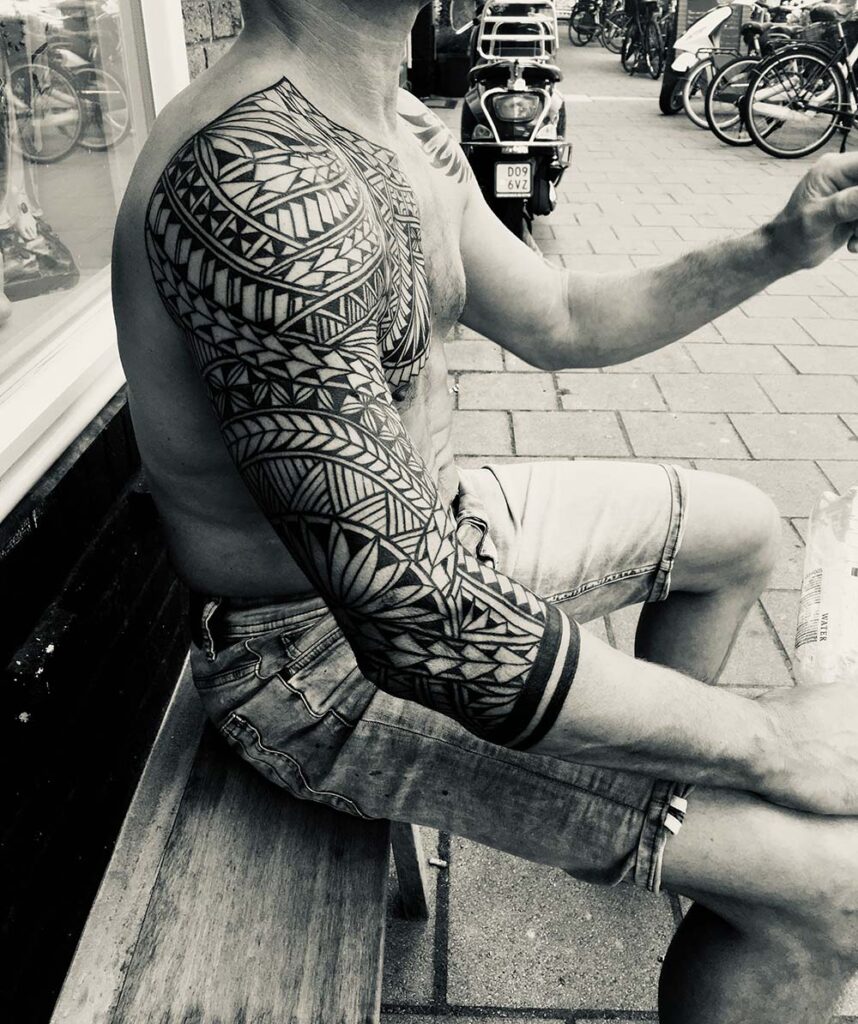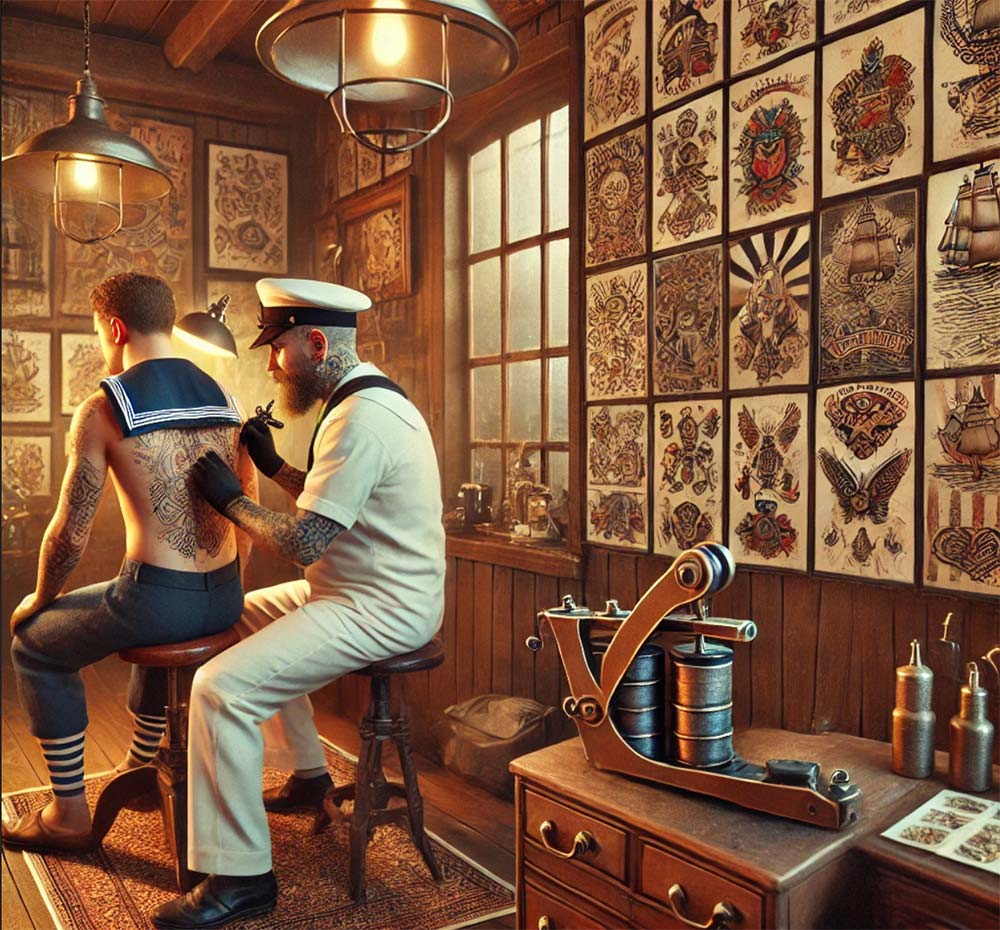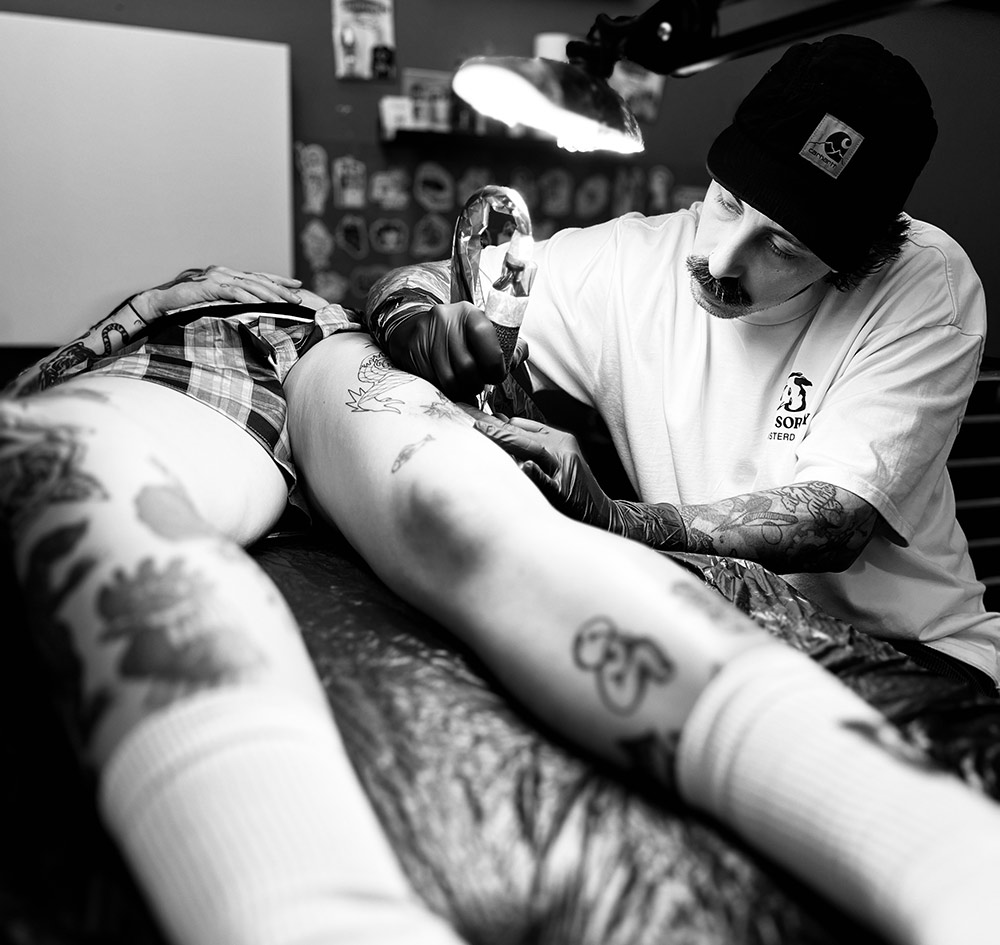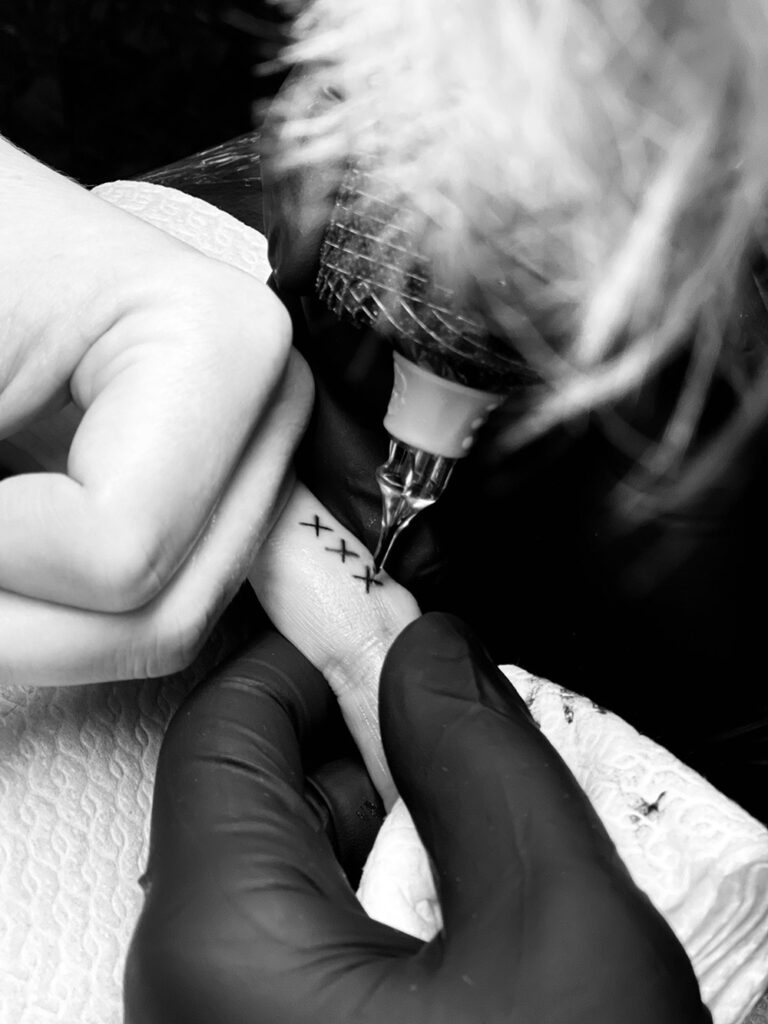
A short History of Tattooing in Amsterdam
Amsterdam, a city famously known for its canals, art, and vibrant culture, also has a rich history of tattooing that traces back to its roots as a bustling harbor city. As one of the key hubs of global trade during the 17th and 18th centuries, Amsterdam became a melting pot of cultures, and with it, the art of tattooing began to leave its mark on European society.
Early Tattoo Influences from the East
Amsterdam’s strategic position as a major port of trade meant that the city was exposed to a variety of international influences, especially from the far-flung regions of the world. As Dutch ships sailed to the East Indies and other parts of Asia, they encountered indigenous tattooing practices. Tattoos were not a novelty for many of the cultures in the Pacific, Southeast Asia, and even the Americas, where tattoos had spiritual, social, and ceremonial significance.
One of the earliest European accounts of tattoos came from sailors who visited these regions. As Dutch traders and explorers returned to Amsterdam, they brought with them stories of these tattoos, often seen as exotic marks of bravery or ritual. These sailors, in particular, were some of the first Europeans to get tattoos themselves, often marking their bodies with symbols of their voyages or their accomplishments.

The First Tattoo Shops in Amsterdam
It wasn’t until the mid-20th century that tattooing began to take a more formalized, commercial shape in Amsterdam. In 1955, the first tattoo shop in the Netherlands opened in the Sint Olofssteeg, in the heart of Amsterdam. It was mainly sailors who got tattooed at the time. “That was also useful for identifying them if they drowned,” as the saying went.
During this era, tattoos were still seen as symbols of the working class and the rebellious. Many of Amsterdam’s early tattoo enthusiasts were sailors, dock workers, and criminals—people with lives on the fringes of society. The practice of tattooing was often linked with subcultures, and tattoos became a symbol of identity for people living on the edge.

Tattooing and Amsterdam’s Golden Age of Trade
The connection between tattooing and Amsterdam’s trade history is key to understanding its rise in popularity. As Amsterdam became a global trading center, it also became a melting pot for various cultures, including those that had longstanding traditions of body art. Tattoos were introduced to Amsterdam not only by sailors, but by traders and adventurers who had spent time in places like Polynesia, Japan, and the Americas.
The influx of these cultural influences can still be seen today in Amsterdam’s tattoo culture, which blends traditional European styles with more exotic and intricate designs inspired by the places Dutch traders encountered. This exchange helped tattooing spread beyond sailors and dock workers, reaching a wider cross-section of society.

Tattoos Come Back to Europe
By the 20th century, tattoos had evolved from symbols of rebellion and exoticism to expressions of personal art and identity. In Amsterdam, as in many European cities, tattooing slowly gained more mainstream acceptance. The counterculture of the 1960s and 1970s helped break down the stigma surrounding tattoos, and by the 1980s, tattoo studios in Amsterdam were frequented by a more diverse clientele, including artists, musicians, and intellectuals, all seeking to express themselves through ink.
Today, tattooing in Amsterdam is not just a symbol of rebellion, with the famous Amsterdam crosses tattooed yearly by hundreds of people (both tourists and locals), but a celebrated art form, with numerous studios offering a wide variety of styles. The city, which was once a gateway for tattoos into Europe, is now home to some of the world’s most renowned tattoo artists and a thriving tattoo community.

Amsterdam’s tattoo history is a fascinating blend of global trade, cultural exchange, and personal expression. From the early days of sailors returning from distant shores with their new ink to today’s vibrant tattoo scene, the city’s harbor past continues to shape its contemporary tattoo culture. As tattoos became increasingly popular across all social classes, Amsterdam has cemented its role not only as a center of commerce but also as a city where ink and history converge in unique and meaningful ways.
Credits: 2nd photo Wim tattooed by Leo, 4th photo Tamar tattooed by Justin, 5th photo unknown customer tattooed by Thomas
Leo / @allblacktattoo
Justin / @justinsst
Thomas / @timthetatmaker

